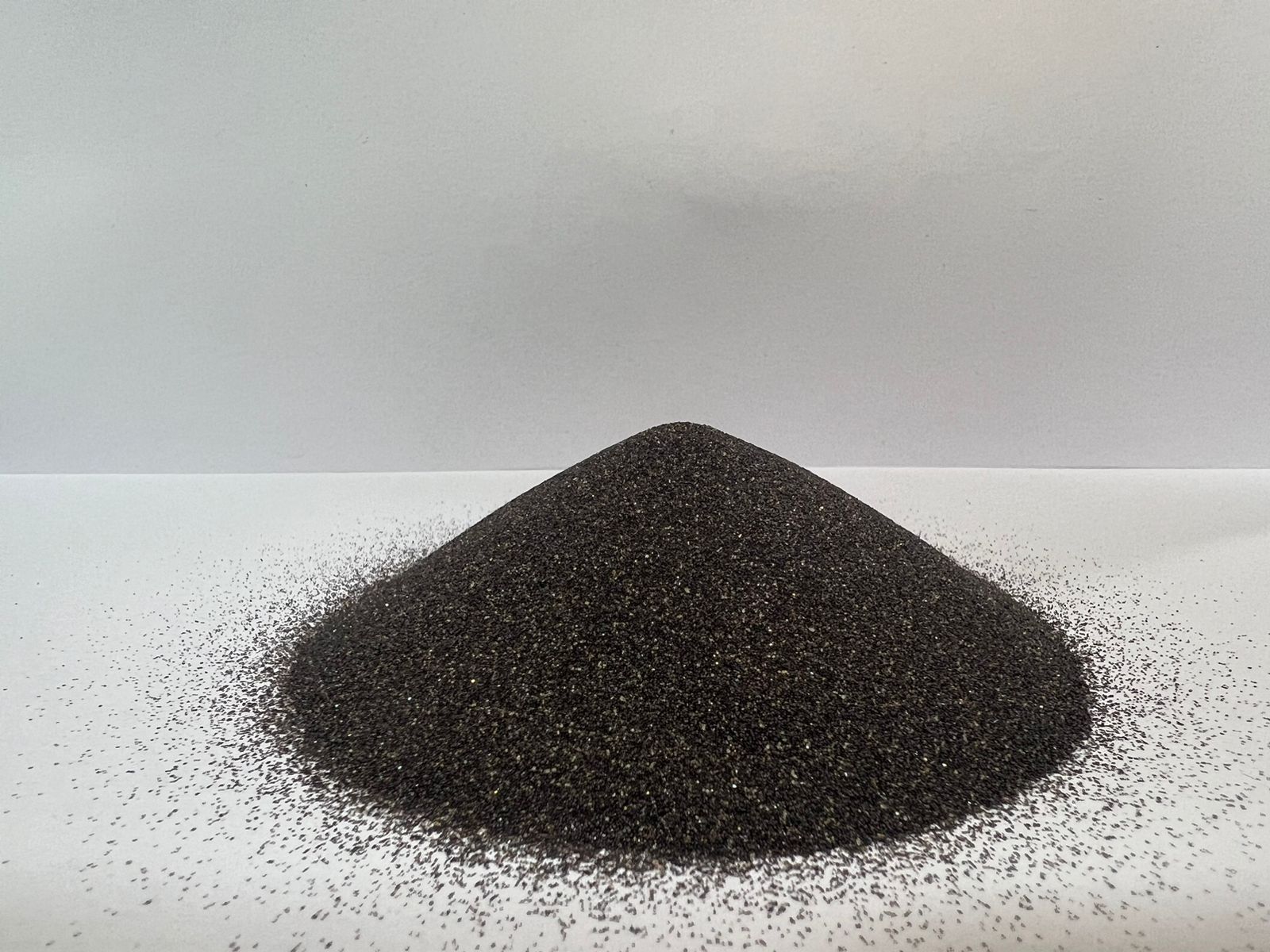Click here to register yourself.
Apply Now
Rutile has a high specific gravity and is often concentrated by stream and wave action in "heavy mineral sands" that exist today in both onshore and offshore deposits. Much of the world's rutile production is mined from these sands.
Rutile is used as an ore of titanium; it is crushed into a white powder that is used as a pigment in paints, and it is processed for use in a multitude of products. Networks of needle-shaped rutile crystals produce the "eyes" and "stars" in many gems, such as star ruby and star sapphire.
Heavy mineral sands are mined in the shallow marine environment by ships that dredge up sediments, separate out the heavy mineral grains, retain the heavy minerals on-board, and discharge the lighter sediment fraction back to the bottom.
When finely crushed and processed to remove impurities, rutile becomes a bright white powder that serves as an excellent pigment. It is used to make paint by suspending the powder in a liquid. The liquid serves as a carrier in the paint's application, and evaporates to deposit a layer of titanium oxide on the object that was painted.
Titanium oxide pigments are used to produce white colour in plastics, and they are used to make high-brightness paper. Titanium oxide gives these products a colour that is resistant to fading. Titanium oxide is also nontoxic and chemically stable. Those properties allow it to be used as a pigment in food, cosmetics, pharmaceuticals, and many consumer products such as toothpaste
Rutile is superior due to its low P (Phosphorous) &S (Sulphur) contamination as we use electric kiln and solar energy for drying whereas most of the manufacturers use oil fired furnace. In addition, with our extensive area, our mining area is in the same region;so our raw material leads to consistent quality in our end product.
Higher TiO2 content helps in less splattering and more slag formation.
Our product lacks in defiling contaminants like Niobium, Iron, Zirconium Dioxide, etc., which helps keep the flux intact during welding 0% oil usage not only reduces the sulphur contamination below 0.02 % but also saves the environment from getting polluted
To preserve fossil fuels for the future generation, Solar Drying is used in spite of its excessive space requirement.